Why experts say gun violence rose in 2020, amid pandemic lockdowns
Nearly 20,000 people died from gun violence during the pandemic.
This report is a part of "Rethinking Gun Violence," an ABC News series examining the level of gun violence in the U.S. -- and what can be done about it.
The U.S. was gripped by two public health crises in 2020: the COVID-19 pandemic and a historic rise in gun violence.
Even as cities locked down, people retreated into their homes and life was seemingly put on pause last year, 2020 still marked the deadliest year for gun violence in at least two decades, according to data from the Centers for Disease Control and Prevention (CDC).
There were more than 19,400 homicides involving a gun and accidental fatal shootings -- a 25% increase from 2019, according to data from the Gun Violence Archive. Gun suicides reached 24,000 last year, matching the year prior.
Experts say it's not easy to identify one precise reason for the rise in gun violence.
Watch ABC News Live on Mondays at 3 p.m. to hear more about gun violence from experts during roundtable discussions. And check back tomorrow, when we look at the true cost of gun violence.
Rather, 2020 was a turbulent time that presented COVID-19 concerns and economic downturn as well as a racial reckoning that rocked communities in multiple ways, including massive protests and civil unrest.
It also was a time when an estimated 23 million guns were purchased -- a 65% increase from 2019, according to Small Arms Analytics, a consulting firm that tracks gun sales. It is unclear if the increase in gun purchases was linked to the increase in gun violence and research is split on the connection generally.
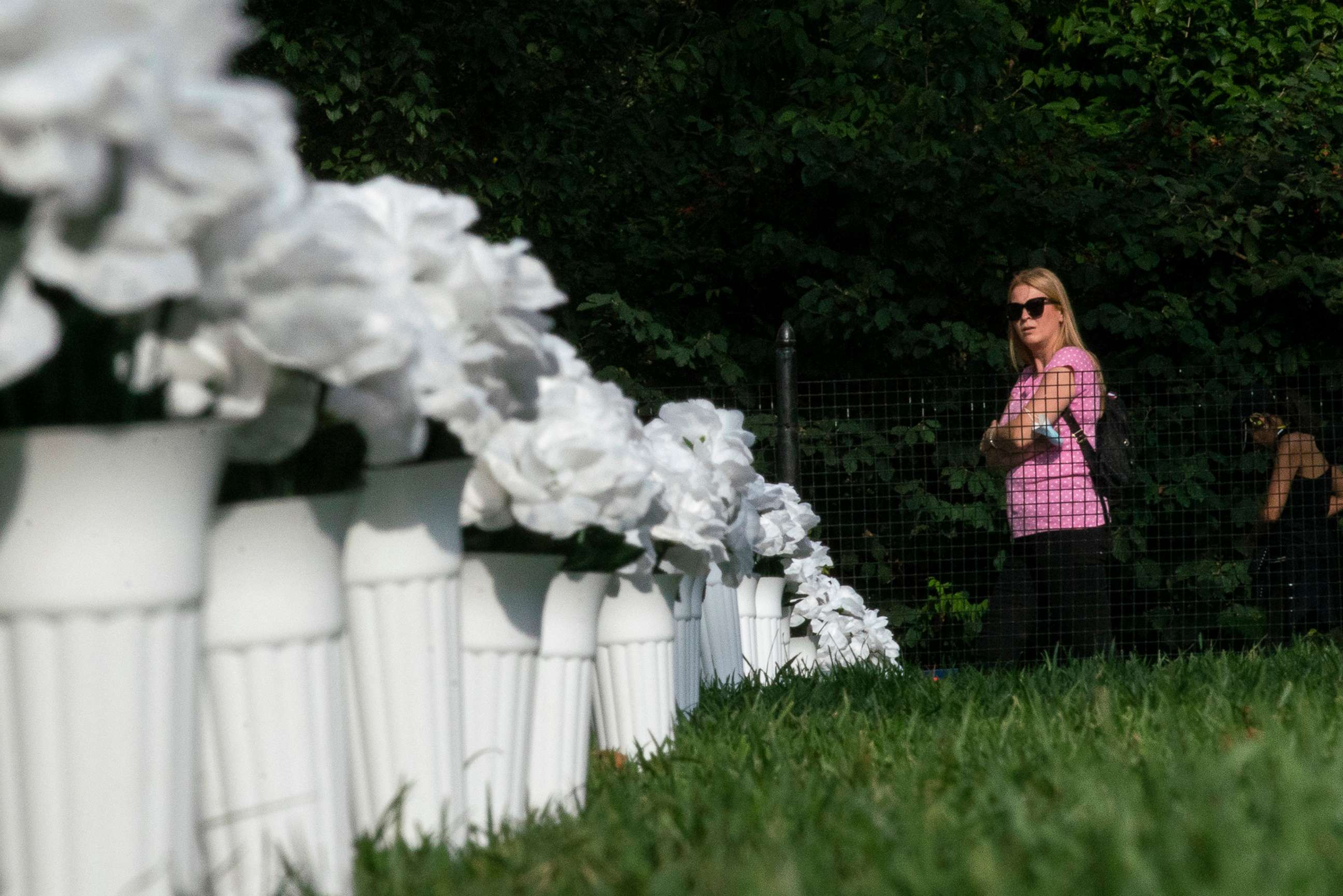
The violence unfolded across the country, big and small cities alike. Overall, 57% of 129 law enforcement agencies surveyed across the nation by the Police Executive Research Forum reported an increase in gun homicides from 2019 to 2020, according to the January 2021 report.
The agencies serving the biggest cities reported a 75% increase in firearm homicides in 2020 compared to 2019, and all surveyed agencies also reported a nearly 70% increase in nonfatal shootings.
Colorado mother-of-three Ana Thallas' life changed forever amid the pandemic when her daughter Isabella was fatally shot while walking her dog with her boyfriend in a Denver park on June 10, 2020, just two days after her 21st birthday. Her boyfriend was shot twice by the suspect but survived.
The Denver District Attorney's office said that Michael Close, 37, allegedly got into an argument with the couple "over a command they used to have their dog defecate," and he opened fire with an assault rifle.
"I never thought my daughter would be slaughtered mid-morning walking a dog in the middle of the city," Thallas told ABC News. "This pandemic has created fear within people. Just having to be secluded, cooped up and isolated contributed to the mental health crisis. Fear turns into anger, and the anger turns into violence."
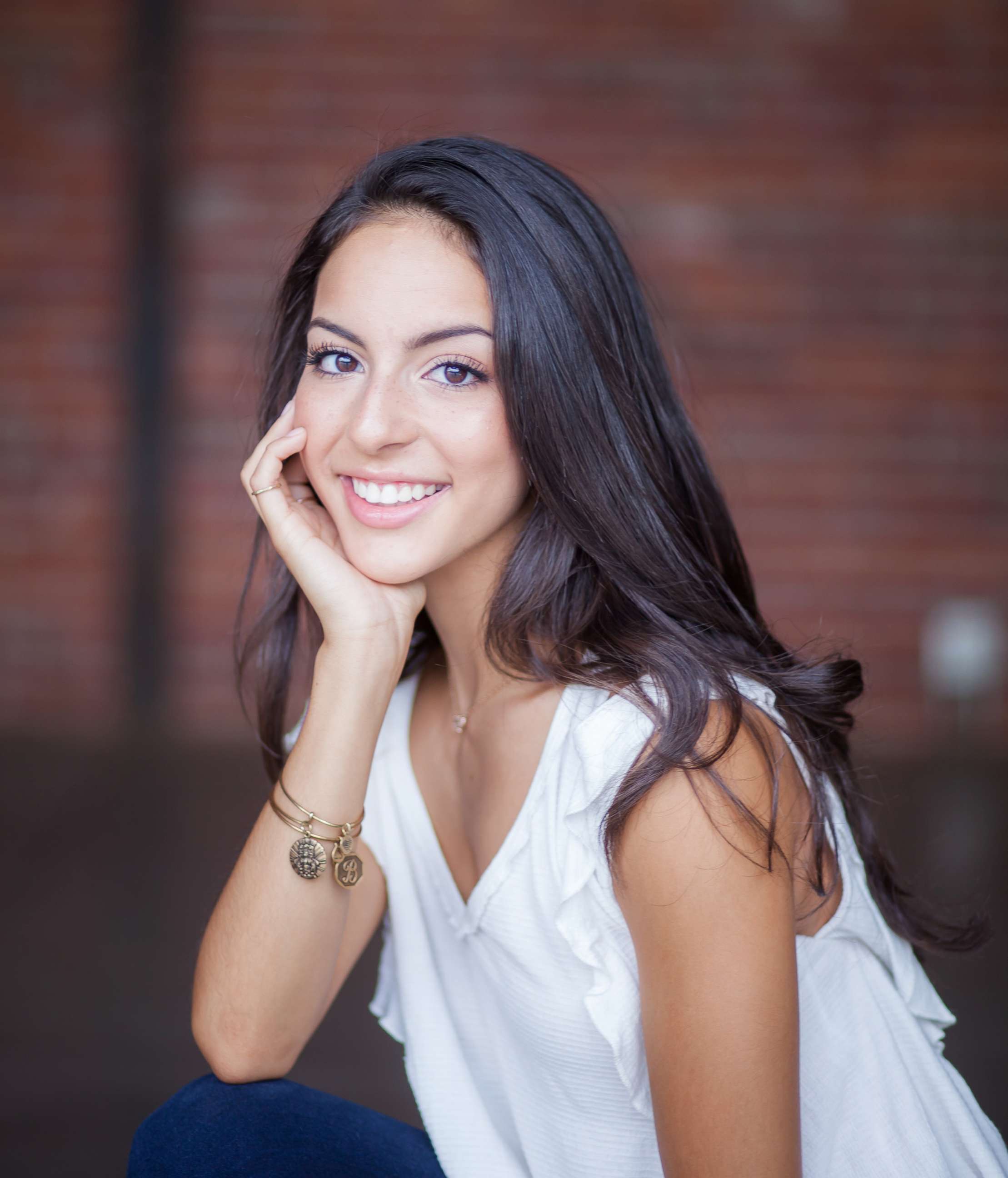
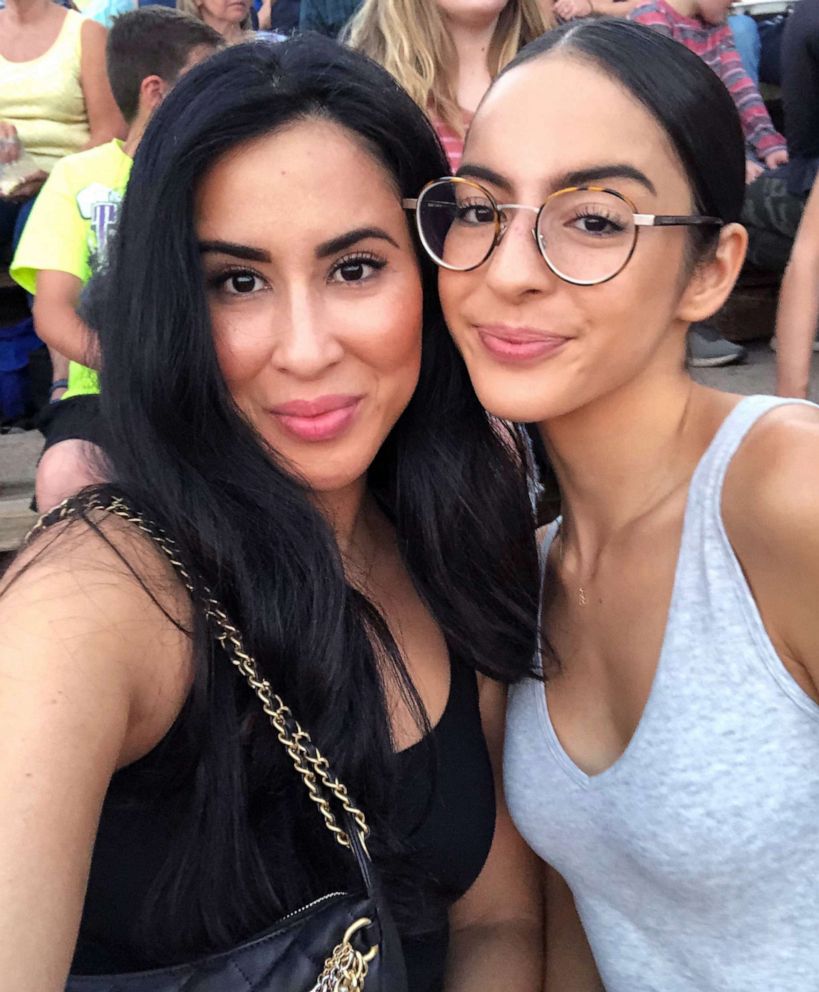
I never thought my daughter would be slaughtered mid-morning walking a dog in the middle of the city ... This pandemic has created fear within people
2020 was a 'perfect storm'
Dr. Daniel Webster, the director of the Johns Hopkins Center for Gun Policy and Research, said 2020 was the "perfect storm" of conditions where "everything bad happened at the same time -- you had the COVID outbreak, huge economic disruption, people were scared."
At the same time, after-school programs and violence disruption programs were greatly restricted, plus 2020 was an election year, during which gun purchases tend to rise for fear that the new administration will change gun policies, Webster said.
"It's particularly challenging to know with certainty which of these things independently is associated with the increased violence. Rather it was the 'cascade' of events all unfolding in a similar time frame," he added.
For instance, as kids moved to at-home online learning due to school closures and many parents either lost jobs or had to work remotely -- all while grappling with financial stress and social isolation -- there was gun violence in some of their homes.
From March to December 2020, unintentional shooting deaths by children rose 31% over the same time in 2019, resulting in 128 gun deaths, according to the Everytown #NotAnAccident Index.
Unsafe storage likely played a role, experts say. A January study by the University of California, Davis violence prevention research program found "more than 50,000 Californians said they had started storing at least one of their firearms in the least secure way -- loaded and not locked up," Nicole Kravitz-Wirtz, an assistant professor with VPRP who led the study said. "Approximately half of those respondents lived in homes with children or teens."
People changed how they stored guns based on "fear and anxiety and pandemic-induced uncertainty about the future," the study found.

But storing a firearm unsecured is a massive risk, Kravitz-Wirtz said, especially for unintentional shootings and suicide. Approximately 60% of gun deaths are suicides according to CDC data.
Although preliminary CDC data shows that overall suicides in the U.S. slightly decreased in 2020 compared to the year prior, gun suicides still surpassed 24,000, just as they did in 2019.
In 2020, everything bad happened at the same time -- you had the COVID outbreak, huge economic disruption, people were scared
Another way gun violence played out in homes was through domestic violence incidents.
A study entitled "Firearm purchasing and firearm violence during the coronavirus pandemic in the U.S." analyzed data from March through July 2020 and found that excess firearm purchasing was associated with an increase in firearm injuries from domestic violence in April and May, "particularly during the early months where social distancing was at its highest point," said Julia P. Schleimer, the main author of the report with UC Davis' violence prevention research program. The authors say that linking firearm violence to civil unrest and other factors during summer of 2020 had to be studied further.
The pandemic led to an 8% increase in calls for domestic violence services in March, April and May, the initial three months of the pandemic, in 14 large U.S. cities, according to a study published in Journal of Public Economics.

The Domestic Violence Hotline also received the highest incoming volume in its history, with over 636,000 calls, chats and texts in 2020, including a 19% rise in callers experiencing the use or threat of firearms last year, according to the organization.
The pandemic may have put many people in a vulnerable situation as research shows that access to a gun makes it five times more likely that a woman will die at the hands of a domestic abuser, according to the Educational Fund to Stop Gun Violence.
Impact on Black and Latino communities
An analysis of nine U.S. cities found that over 85% of the increase in gun violence from 2019 to 2020 was in predominantly Black and Hispanic neighborhoods.
These groups had to deal with the converging crises in 2020: coronavirus and gun violence. They were already disproportionately impacted by COVID-19, with Black and Hispanic people nearly twice as likely to die from COVID-19, according to CDC data.
At the same time, Black people are 10 times more likely to die from gun homicide than white people, according to an Everytown analysis of the CDC's Underlying Cause of Death database. In 2019, Latino people were nearly twice as likely to be killed by guns than non-Hispanic whites, according to a study from the Violence Policy Center.
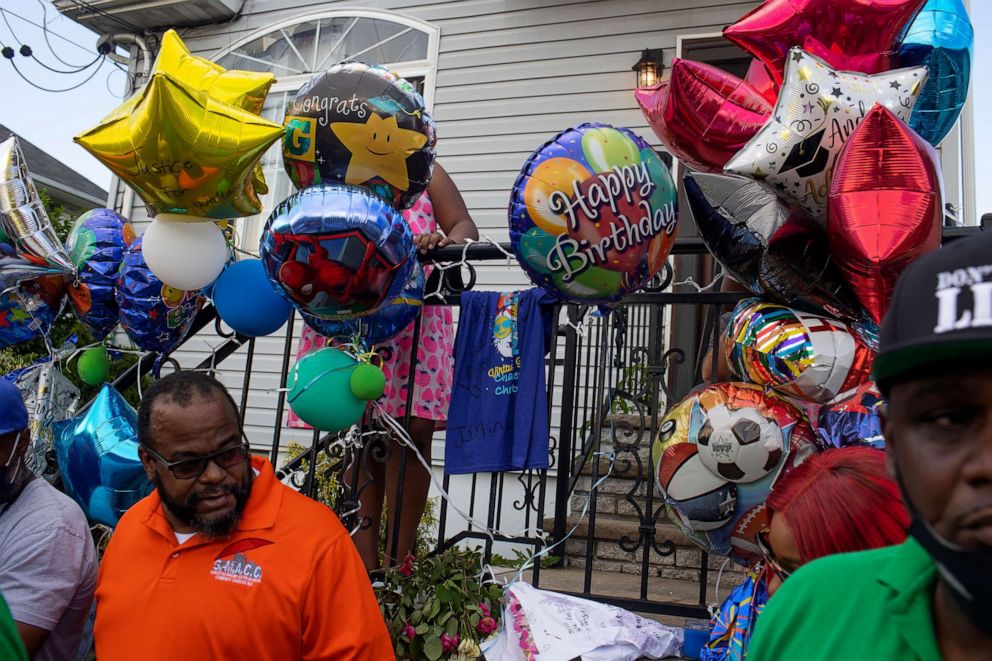
In the pandemic, these groups also were disproportionately affected by job loss and financial strife compared to white households, according to a summer 2020 poll by NPR, Robert Wood Johnson Foundation, and Harvard's T.H. Chan School of Public Health. Further, these more than half of all Black, Latino and Native American workers hold essential and nonessential jobs that must be done in person, compared to 41% of white workers, even as many jobs went remote out of safety precautions, according to a December 2020 report by the Urban Institute.
John Donohue, a Stanford University law professor who studies gun violence, said time periods of stress are associated with more shootings.
"It does seem that the dislocations of the pandemic were in neighborhoods that were more vulnerable to both the economic insecurities and just pressures of a more stressful life," Donahue said. "The pandemic was a major disruption."
Kravitz-Wirtz told ABC News that the violence was concentrated "in neighborhoods that have experienced systemic racism and disinvestment."
The closure of community centers and suspension of many violence prevention organizations also led to "destabilization that can really create the conditions for violence to emerge," she added.
As gun violence played out in homes and communities, law enforcement also faced challenges responding to crime due to COVID-19 concerns and tensions with the public.
Donohue said civil unrest and police played a role in the storm.
Officers couldn't be "as effective in stopping crime," because they were responding to protests around the country in 2020 decrying racism and police brutality in the wake of George Floyd's death by Minneapolis police, Donohue said.
Several police agencies also reported they scaled back proactive enforcement due to the pandemic, such as making fewer traffic stops and suspending gun buyback programs, the Police Executive Research Forum said in their January 2021 report.
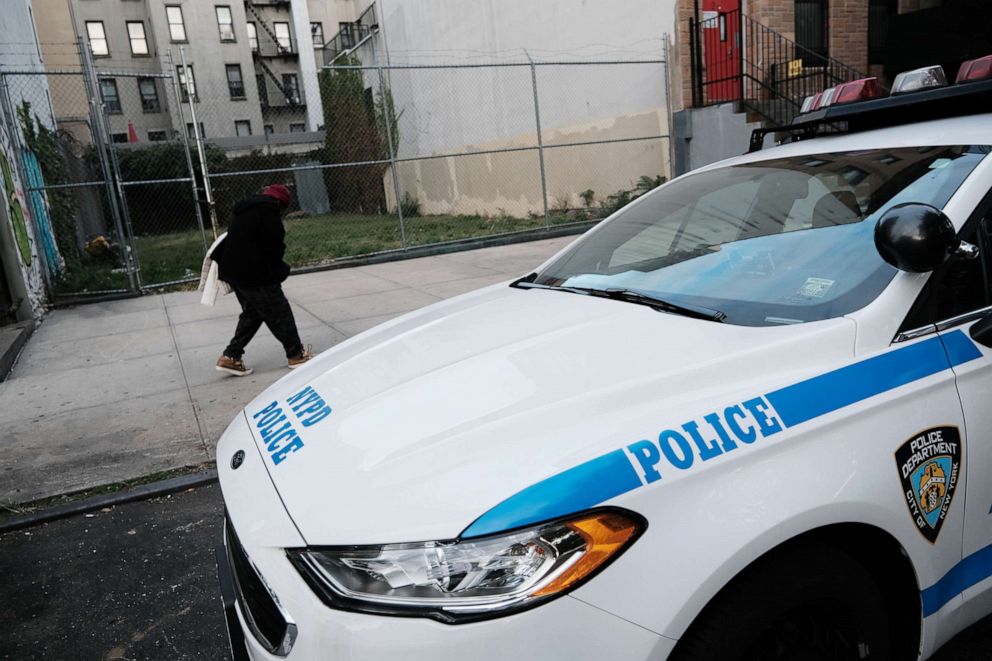
"You had police departments overtaxed in response to COVID because their officers were getting sick. Then you had the George Floyd murder and ripple effects from protests and then often violent response by law enforcement," Webster said. "There is a clear connection between trust in police and community safety, all of this takes a toll on public safety."
Increase in gun ownership
Researchers at the UC Davis violence prevention research program issued a statewide survey in July 2020 that asked respondents specifically if they acquired a gun due to the pandemic as well as their concerns about violence in the health crisis. They found that an estimated 110,000 California adults acquired a firearm in response to fears stemming from the pandemic, including 47,000 new firearm owners, according to the January study.
The survey respondents who bought firearms mainly did so for protection, with 76% saying they were concerned about lawlessness, 56% about prisoner releases and 49% that the government was going too far due to changes during the pandemic.
One in 10 residents surveyed also expressed fear that someone they knew may intentionally harm someone or themselves due to pandemic losses including losing a loved one, job or housing.
Experts are split on whether the stunning rise in gun purchases will fuel future firearm violence.
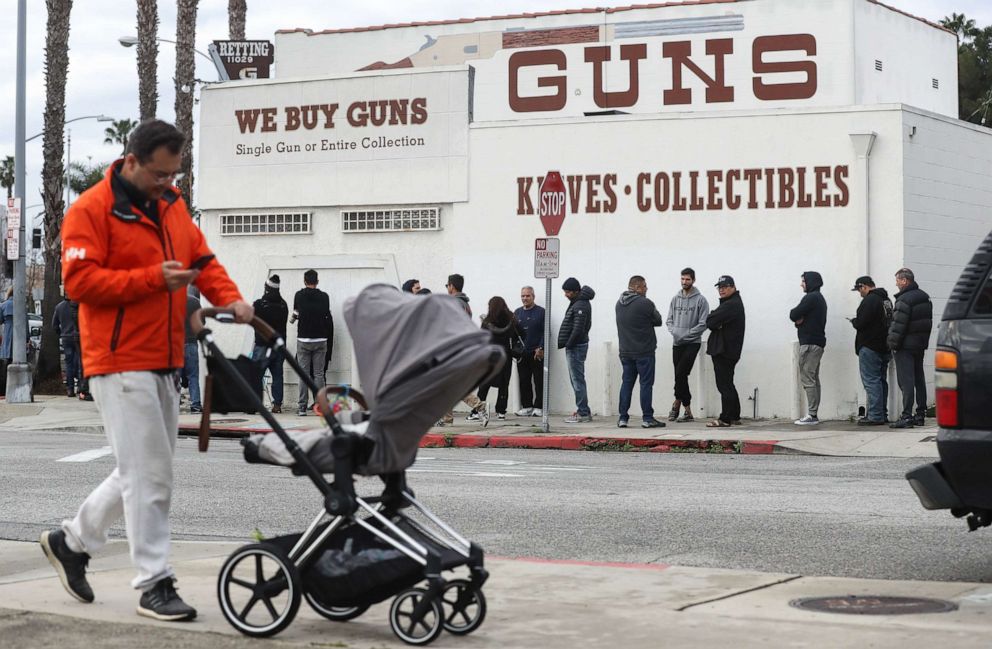
While there is a broad field of research that provides evidence that gun availability increases the risk for firearm violence, 2020 is unique in that other compounding factors are at play.
Last year's trends have already continued into 2021, with over 31,000 gun violence deaths recorded, according to Gun Violence Archive data, and over 27 million background checks initiated so far, according to National Instant Criminal Background Check System data.
We still are going to have to contend with the politicians, growing power of weaponry and its increasing availability and tensions between the public and the police -- all unhelpful for restricting crime
Schleimer, who studied firearm purchases and firearm violence in 2020, said it's possible that increased firearm access and continuing stressors could "result in an increased risk of firearm violence moving forward."
The US can 'shift the trajectory'
Donohue, though, forecasts some of the violence could taper off with the end of the pandemic.
"As the pandemic recedes, you'll get some restoration of normality," he said. "But we still are going to have to contend with the politicians, growing power of weaponry and its increasing availability and tensions between the public and the police -- all unhelpful for restricting crime."
Kravitz-Wirtz said there's been "positive momentum" to reverse the pandemic's trend of gun violence. But she warned that root issues of inequality need to be addressed through "thriving wage" jobs, housing security and youth empowerment programs especially in Black and brown communities.

"There's a real opportunity now," Kravitz-Wirtz said. "We can really shift the trajectory that we've been experiencing in positive directions if we can follow through on the data-informed and community wisdom-informed strategies."
On a national and state level, there have been efforts to mitigate gun violence. U.S. Attorney General Merrick Garland announced federal strike forces in five major cities to take down gun trafficking corridors over the summer, and President Joe Biden unveiled several executive actions to combat the rise in shootings. The administration has also allowed coronavirus relief funds to be used for community violence intervention.
In Colorado, Thallas helped get the Isabella Joy Act passed in honor of her daughter. It requires gun owners to report lost or stolen firearms to law enforcement within five days of realizing the weapon is missing. The Denver Police Department said the shooter in Isabella's case had taken a rifle from a friend's home without their knowledge or permission, CBS Denver affiliate KCNC reported.
Thallas is now calling for the act, which went into effect last month, to be implemented nationally.
"Unfortunately I don't see an end to this [gun] epidemic. Encouraging responsible gun ownership would be more realistic," Thallas said. "It's our family that pays the life sentence with Isabella's death. Don't doubt this couldn't be you. Be proactive, not reactive."




